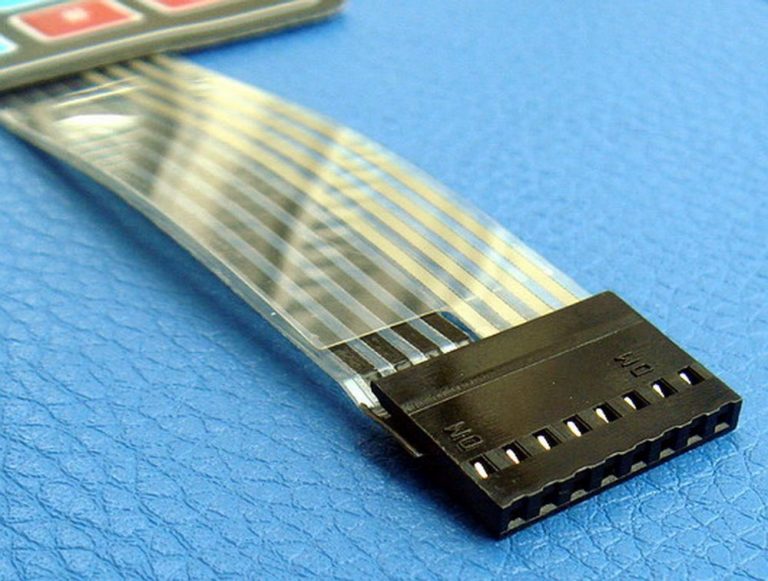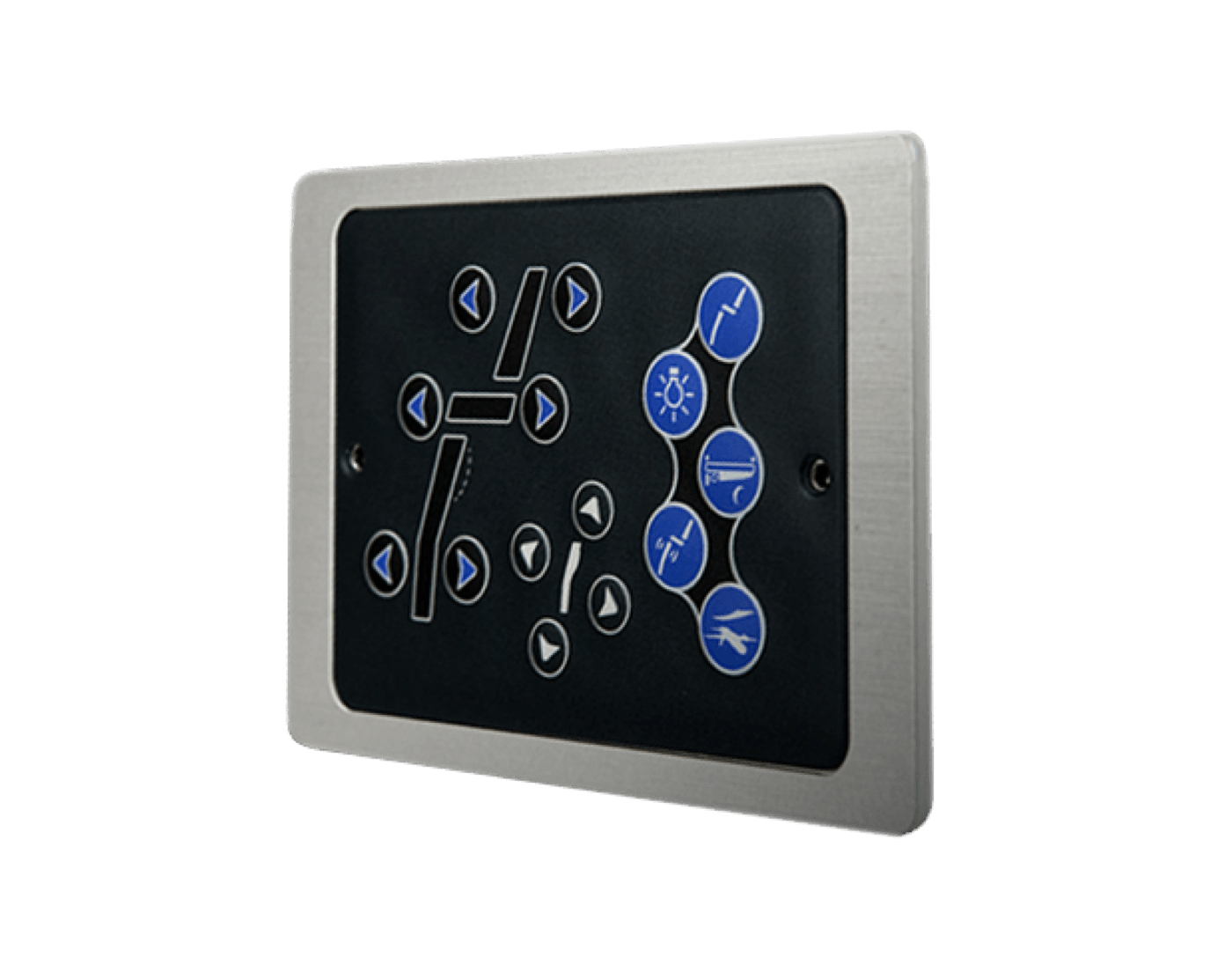How Membrane Switches Enable Lightweight and Resilient User Interface Solutions
The Ultimate Source on Membrane Switches: Style, Performance, and Applications
Membrane switches over offer as an intriguing intersection of style and performance, playing a critical role in modern customer interfaces throughout numerous industries. As we explore the varied applications of membrane switches, it ends up being evident that their versatility and longevity are critical in settings varying from healthcare to consumer electronic devices.

Recognizing Membrane Switches
Membrane layer switches are a sort of user interface innovation widely made use of in various digital devices, identified by their thin, adaptable layout and performance. These buttons consist of multiple layers that consist of graphic overlays, glue layers, and circuitry, making it possible for a portable and reliable user interface for individuals. They can be located in devices, medical gadgets, and industrial control board, offering a dependable method for customer interaction.
Among the primary benefits of membrane layer buttons is their ability to stand up to pollutants such as dust and wetness, making them suitable for atmospheres where durability is vital. Their inconspicuous style enables seamless integration right into different applications, while the customizable visuals overlays improve customer experience by offering clear visual responses. Furthermore, membrane layer buttons can accommodate a variety of technologies, such as responsive responses and backlighting, more boosting their use.
The manufacturing process for membrane layer switches over typically includes display printing, die-cutting, and lamination techniques, guaranteeing precision and consistency in production. Overall, membrane switches stand for a effective and functional service for modern digital tools, integrating performance with aesthetic charm in customer interface layout.
Key Parts and Design Elements
A selection of vital components and style aspects integrated to produce a reliable membrane layer switch. At the core, the graphic overlay offers both visual and functional objectives, using an user-friendly user interface while safeguarding internal components from environmental factors. The selection of products, typically polyester or polycarbonate, influences sturdiness and tactile comments.
Below the overlay, the adhesive layer makes sure the button adheres securely to the substrate, which can be metal, glass, or plastic. The spacer layer is critical, as it preserves the needed space between the circuit and the overlay layers, enabling efficient actuation. Membrane Switches. Circuit traces, generally made from conductive ink or adhesive, are printed on a flexible substrate, enabling electrical signals to be transmitted when stress is used
Style factors to consider additionally include the plan of responsive domes or embossing that give physical feedback to the user, boosting the overall experience. Furthermore, the layout and spacing of the switches must be enhanced for simplicity of use, guaranteeing that customers can browse the user interface with ease. In general, these elements and style components function synergistically to produce a dependable, functional membrane layer switch tailored to details applications.
Performance and Operation Device
At the heart of reliable performance for membrane layer switches lies their operational device, which facilitates customer communication through an easy yet efficient layout. These buttons operate on the principle of stress activation, where a customer applies pressure to a designated area of the switch (Membrane Switches). This action compresses the layers of the button, finishing an electrical circuit that sends out a signal to the linked tool
The building and construction usually includes a top visuals layer, a sticky spacer layer, and a lower circuit layer, which collectively create a durable interface. When pressure is used, the top layer breaks down against the lower circuit layer, permitting conductive traces to attach. This style not only allows clear tactile comments yet additionally makes certain resilience and reliability, as the buttons are often immune to dust and wetness.
In addition, the versatility of membrane layer switches over permits combination with various innovations, consisting of LED indications and microcontrollers, improving their capability. By giving a streamlined interface that lessens mechanical wear, membrane layer switches over continue to be a popular option in applications ranging from customer electronic devices to commercial devices, ensuring ideal performance and customer complete satisfaction across varied settings.
Sorts Of Membrane Buttons

An additional considerable group is brightened membrane layer switches, which incorporate backlighting to improve exposure in low-light conditions. These buttons are usually made use of in control panels and control panels where clear visibility is necessary.
In addition, there are custom membrane switches developed to fulfill details dimensional, visual, and useful requirements. These personalizations can include one-of-a-kind shapes, colors, and layouts, permitting seamless assimilation right into various devices.

Applications Across Numerous Industries
How do membrane layer buttons improve capability across varied sectors? These functional components are important to numerous applications, providing structured interface and durable performance. In the clinical industry, membrane layer switches play a critical function in gadgets such as diagnostic tools and person monitoring systems, where dependability and simplicity of cleaning are paramount. review Their capability to withstand rough settings makes them ideal for lab instruments and medical tools.
In the auto sector, membrane switches are generally used in control panels and control board, offering instinctive controls that enhance vehicle driver security and ease. The consumer electronics industry likewise benefits from their lightweight and customizable attributes, making it possible for streamlined styles for smart devices and home devices.
Furthermore, membrane layer switches locate applications in industrial automation, where they contribute to reliable machinery procedure and tracking systems. Their resistance to dirt and moisture makes certain performance in requiring problems (Membrane Switches). Furthermore, the food and drink sector uses membrane switches for tools control, where hygiene and longevity are critical
Final Thought
To conclude, membrane layer switches represent a crucial technology in individual interface modern technology, characterized by their one-of-a-kind layout and performance. Their key parts, consisting of graphic overlays and circuit traces, add to their functional efficiency via stress activation. The versatility of membrane layer switches facilitates their application throughout diverse markets, from medical gadgets to consumer electronic devices. This thorough understanding strengthens the value of membrane layer buttons in boosting product functionality and toughness in modern technical atmospheres.
Membrane layer changes serve as an intriguing intersection of layout and functionality, playing an essential role in contemporary customer interfaces throughout numerous industries.Membrane layer buttons are a click over here kind of individual interface modern technology commonly made use of in various electronic tools, defined by their slim, flexible layout and performance.At the heart of effective performance for membrane layer changes lies their functional mechanism, which assists in individual interaction through an easy yet reliable style. These switches run on the principle of pressure activation, where a user uses force to an assigned location of the button.In final thought, membrane layer changes stand for an essential development in user interface innovation, defined by their unique style and capability.